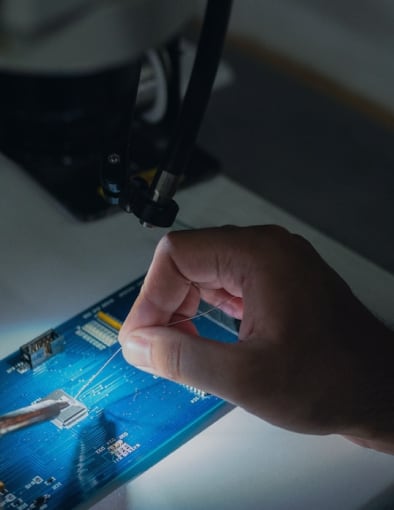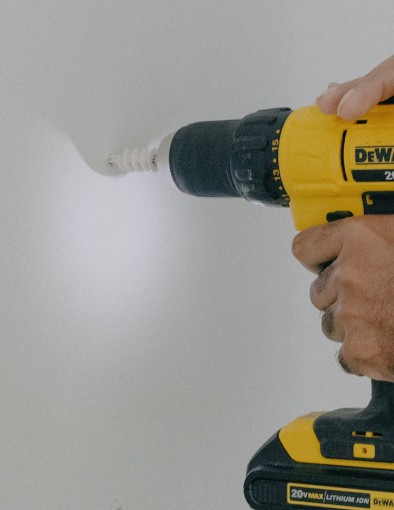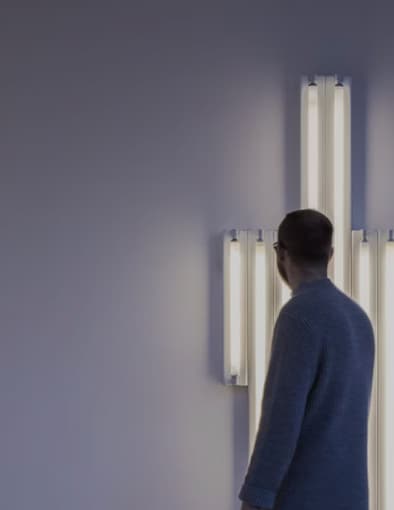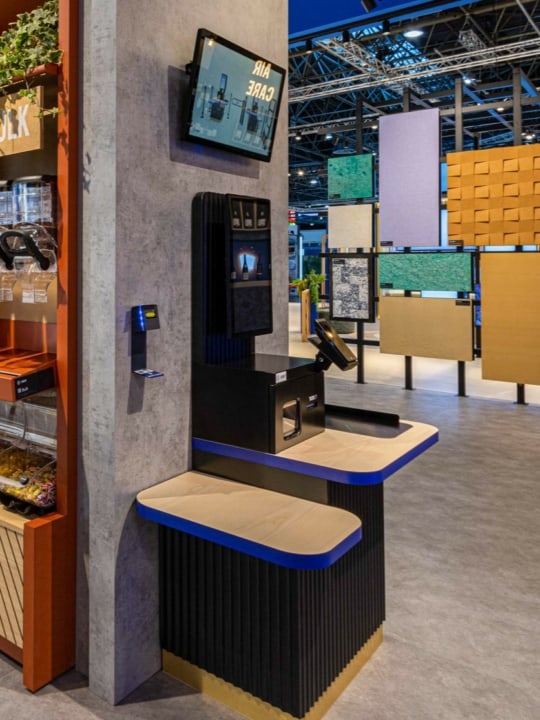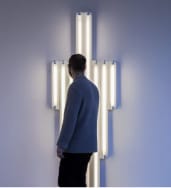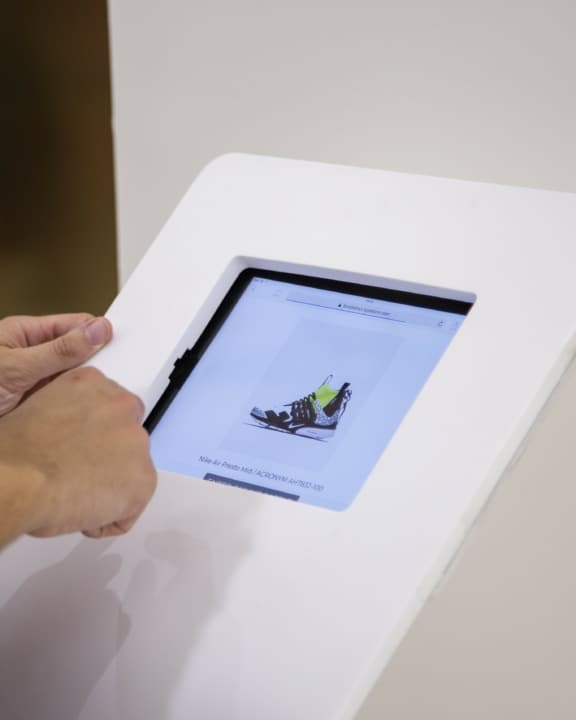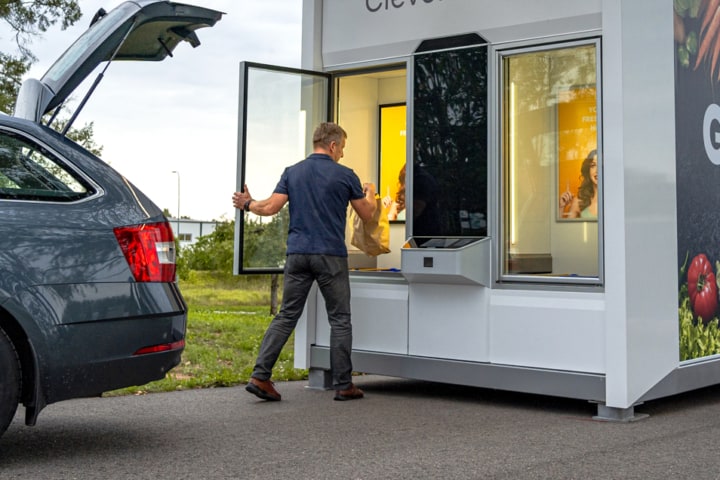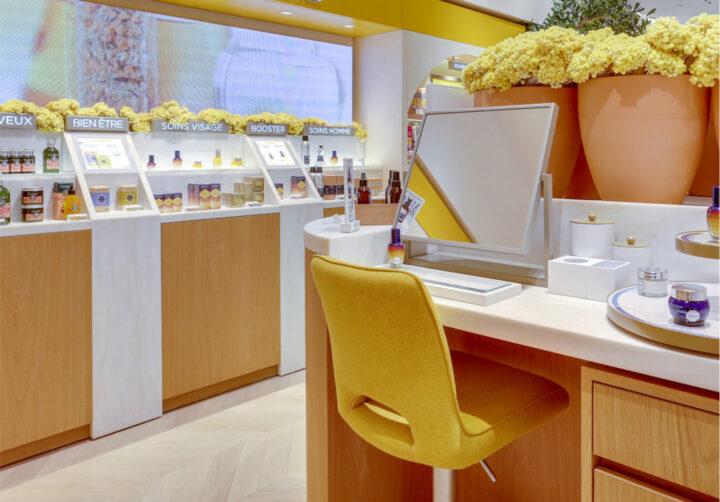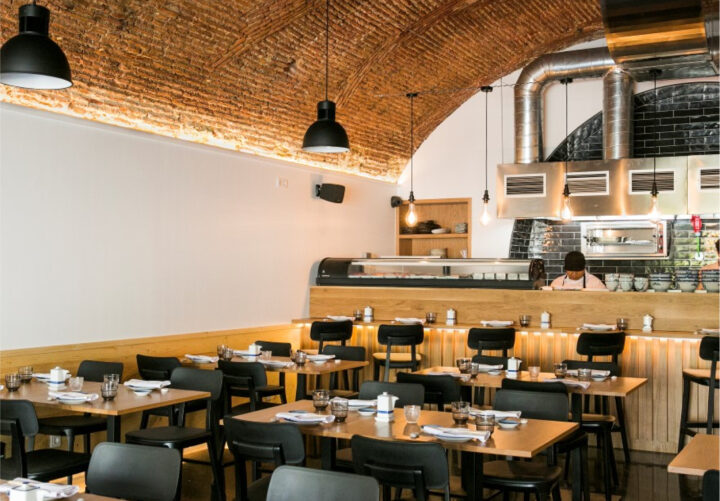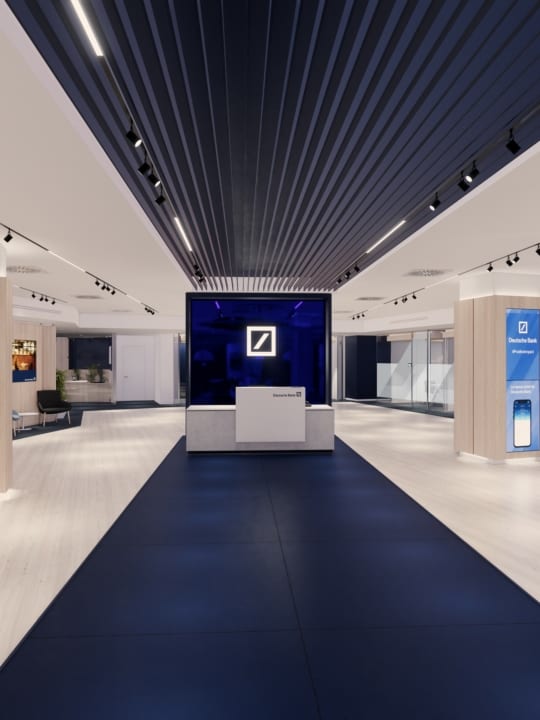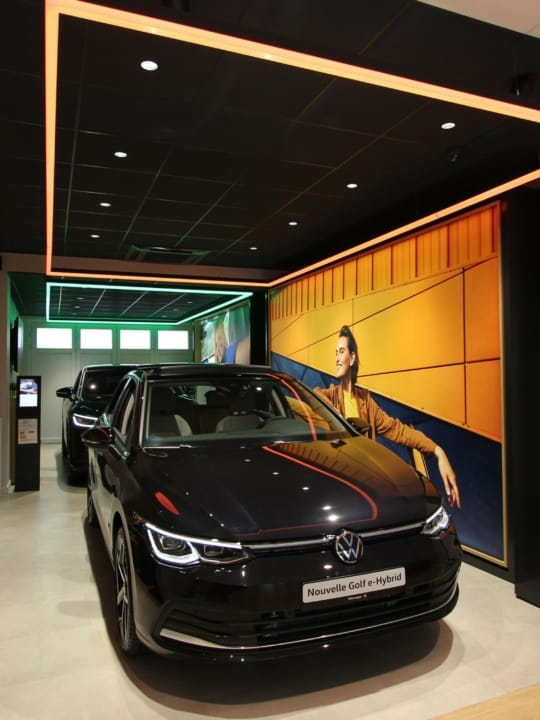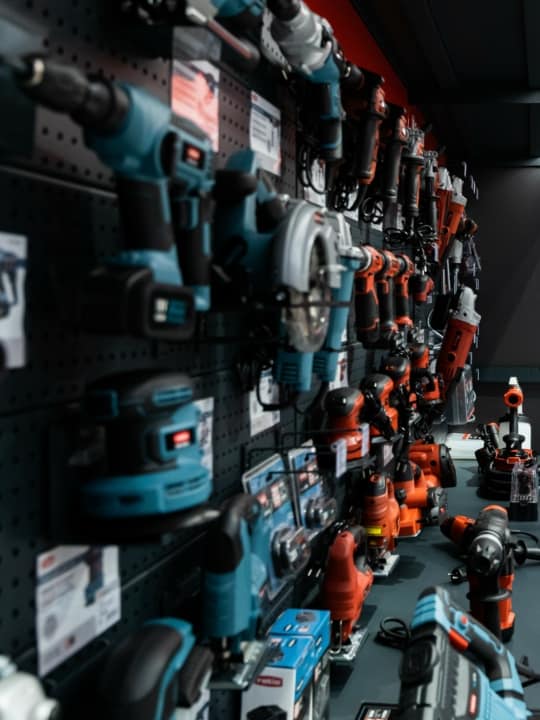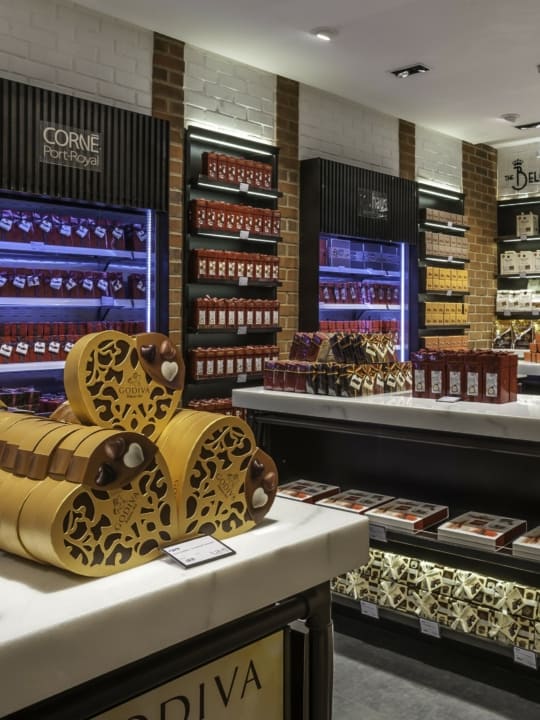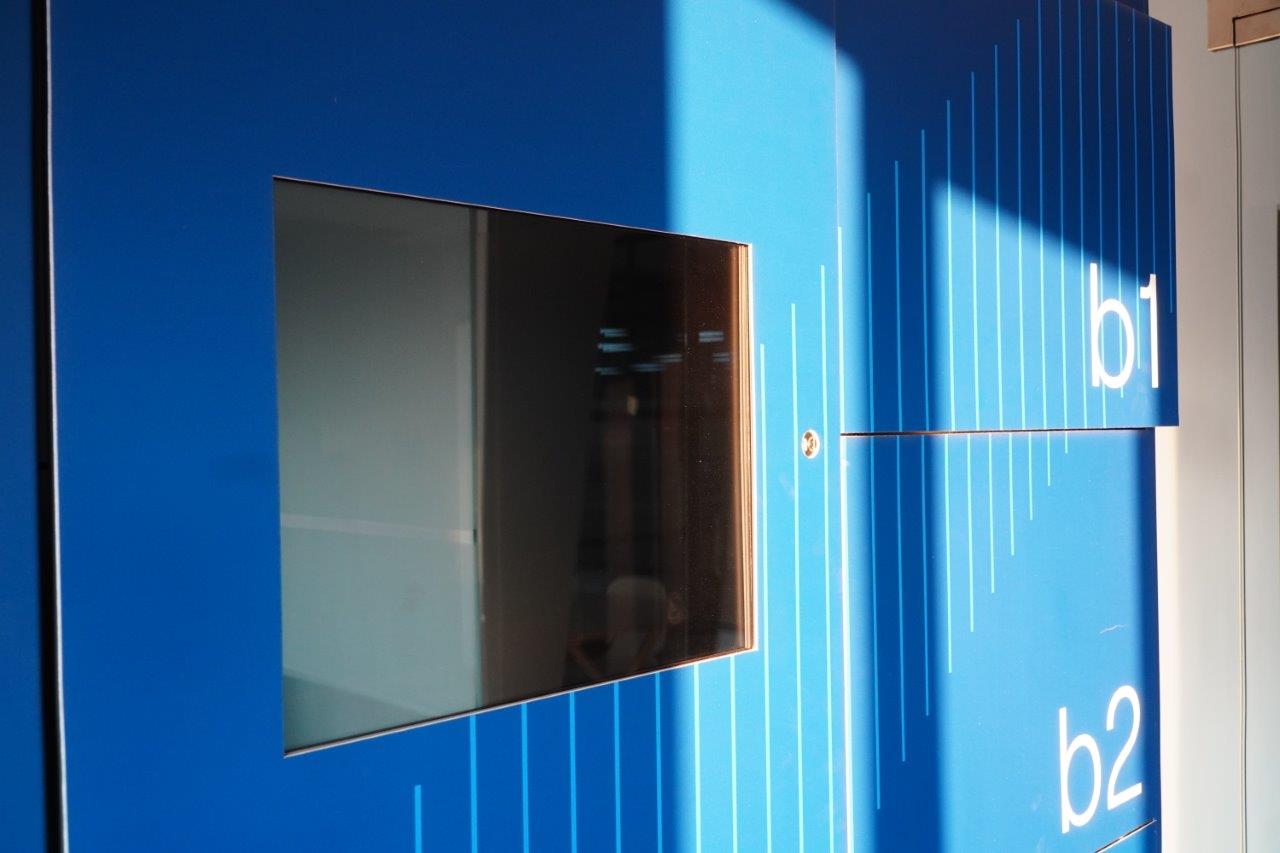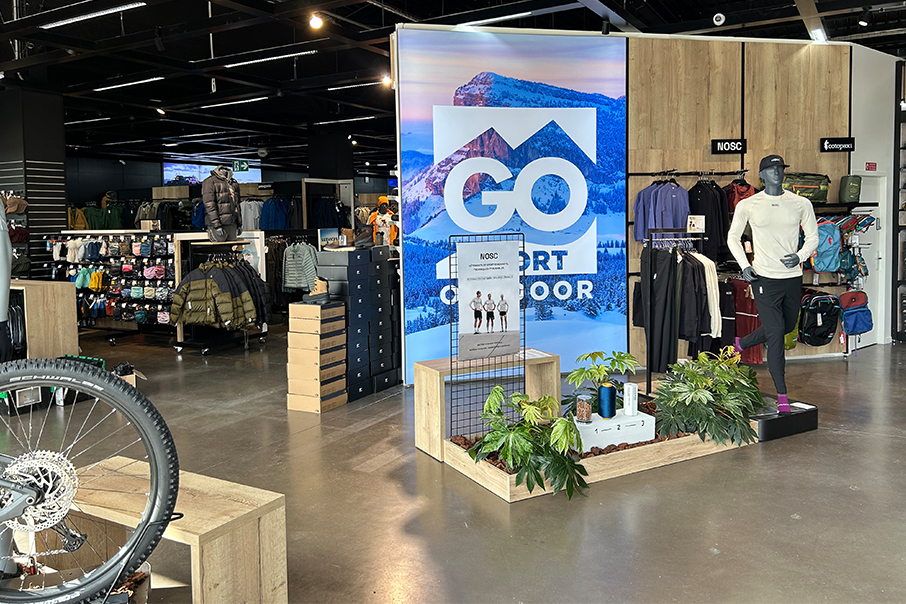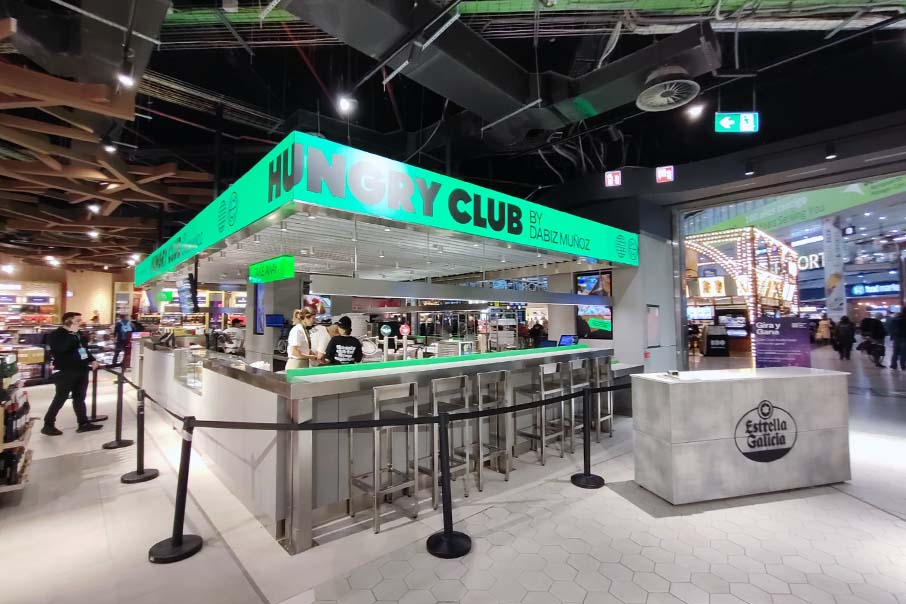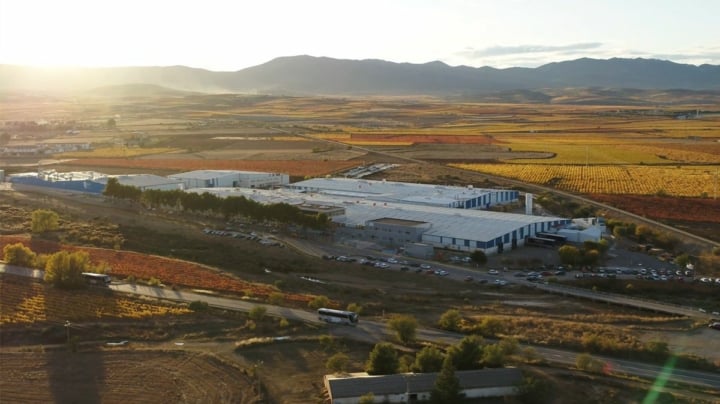It is popularly said that information is power, and having information about our business is the first step to sell more, satisfy our customers and improve results. But how do you get it? Maybe a piece of information, by itself, does not give us anything, so we must know how to analyse it and draw conclusions. That’s where Business Intelligence can help us.
Data collection has developed a lot in recent years. Nowadays it is possible to collect data from almost any device and this has made Big Data gain great popularity. We have a huge amount of data that we must now process to convert it into useful information for our business. This is where Business Intelligence springs up.
What is Business Intelligence?
Business Intelligence (BI) refers to the process of extracting information and knowledge of data through analysis. Its objective is to help make better decisions in the business environment, improving results and optimising processes.
Through this process we can analyse past and current data that allow us to draw conclusions that improve our business. In addition, Business Intelligence also makes it possible to analyse trends and interpret predictive models.
Business Inteligence in retail
Business Intelligence applied to retail allows you to identify friction points, optimise in-store navigation, test layouts before rollout, recognise specific areas to ensure that visualisation strategies are effective and well-managed, and understand where to find the opportunities in the store by visualising consumer behaviour.
In this respect, at HMY we help brands and retailers to understand their customers’ behaviour, in order to learn, test and improve performance in their physical stores. Through connected sensors integrated into the stores spaces and furniture, we capture data in real time such as traffic, time spent in different areas or the conversion into sales of certain products after launching digital campaigns.
What advantages does BI offer to the retail sector?
Applying Business Intelligence to our business offers many advantages that will help us generate more benefits and offer a better service. The most outstanding are:
Collecting data accurately
You can access accurate data in real time at anytime from anywhere. In addition, they can be compared by hour, day and month at store or region level, which allows understanding traffic, conversion rates and other metrics.
With all that information it is possible to take quick measurements in store with recommendations based on data trends, including traffic foreseen by AI, as well as evaluate performance against historical data, mirror stores and objectives.
Optimising the store’s resources
The benefits include improving engagement with the customer and optimising the staff by aligning their work hours with customer buying times.
Understanding your customers demographics
Data on audience profiles by age, gender, time of day, day of the week and store allows you to customise promotions, merchandising and inventory volume in real time.
Attracting customers to the store
Data make it possible to know the potential customers that pass by the store and come to enter compared to those who do not and the time they remain in it.
There are also various technological solutions that allow the customer to identify themselves in the store, which gives them access to personalised information and promotions that serve the retailer or the brand to analyse the frequency, time spent, visited areas and products purchased, among other things.
All this information is very useful to make decisions that attract customers to the point of sale.
Understanding the Shopping Journey
Through direction maps you can find out where customers walk from the entrance, where they stop, how long they stay in each area and all this helps to make decisions about the store’s design and what the best promotional spaces are.
Business Intelligence tools for retail
Business Intelligence provides several tools to the retail, among which the following are split into two main blocks:
Customer interaction analysis
Integrating technological solutions in the store makes it possible to improve customer experience through interaction with different solutions that may include tutorials, product queries and questionnaires, among others.
Some examples of indicators that can be measured are:
- Viewing products and services of greatest interest
- Requests for sizes that are out of stock
- Customer needs segmented depending on the type of customer
- Related services and products
- List of products segmented by customer type
- Calculating the technological solutions ROI before and during the roll out
Analysis of the customer’s general behaviour
This measures the buyer’s behaviour and patterns to optimise the location of the displays, signage, store design and layout, merchandising displays, product placement and accessories, among other things.
- Permanence ratio – measures the percentage of buyers who walk through a specific location compared to the store’s total traffic.
- Interest ratio – measures the number of buyers who are located in a specific area for more time than the predetermined and defined period.
- Interest time – measures the average time that buyers stay in a specific area of permanence.
- Conversion ratio by area – measures the percentage of buyers who stop in a specific area of permanence and then make a purchase of the product exhibited within that area.
- Direction maps – measure the direction in which buyers go after entering the store: left, centre or right.
- Heat maps – measure areas of high traffic, bottlenecks and unattended areas by identifying “hot” and/or “cold” areas with visual colour maps.
Information is key to making better decisions
We must bear in mind that these tools only facilitate access and visualisation of information, but decisions must be made by us. This is why the choice of KPIs is so important and the key to choosing them correctly is knowing the business well.
This knowledge and experience, together with the information provided by these systems, will allow us to build a business model that, beyond generating greater profits, will better understand customers and their interests.

